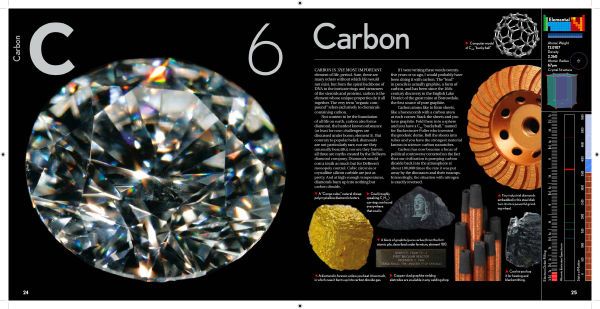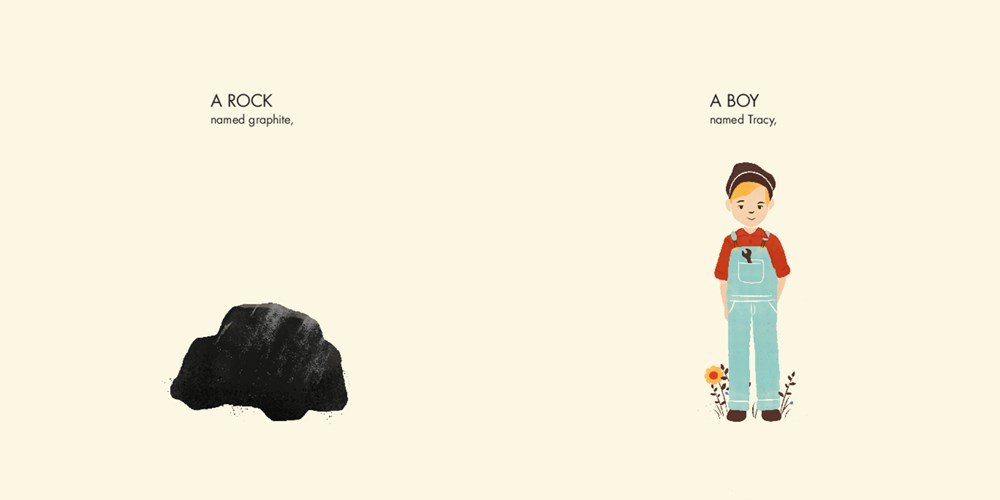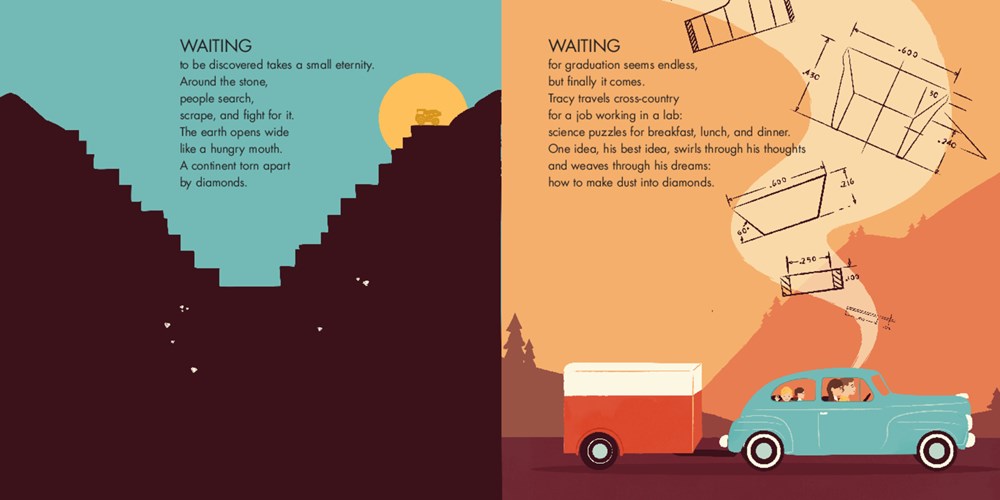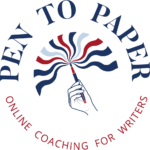It’s time for my next book review but a bit of a preamble first. For those who don’t know me, I trained as a chemical engineer before I started writing. I also have a science-obsessed daughter who had us read The Natural History Museum Book of Dinosaurs to her when she was four, and who was receiving adult books on astronomy, science and nature for her birthdays from an early age. My favourite of her birthday books is The Elements by Theodore Gray. It is visually spectacular and the text is very readable, challenging and, at times, funny. The page on carbon is fascinating.

 Which brings me to the non-fiction picture book, The Diamond and the Boy by Hannah Holt (who, incidentally, is also an engineer). The Diamond and the Boy is a remarkable book about graphite (aka carbon), diamond (aka carbon) and Tracy Hall (the man who created the first diamond-making machine). The book is popular in review circles and Hannah has also discussed her process on a number of blogs (links for a selection of these are at the end of this review), so I will try to bring something new to the discussion.
Which brings me to the non-fiction picture book, The Diamond and the Boy by Hannah Holt (who, incidentally, is also an engineer). The Diamond and the Boy is a remarkable book about graphite (aka carbon), diamond (aka carbon) and Tracy Hall (the man who created the first diamond-making machine). The book is popular in review circles and Hannah has also discussed her process on a number of blogs (links for a selection of these are at the end of this review), so I will try to bring something new to the discussion.
Creating non-fiction picture books that engage the child is no easy task. There are facts you can’t fudge for the sake of a story and in the past, those facts have been presented in a relatively dry manner – facts must be boring, right? Thanks to the wonderful selection of non-fiction children’s books on the market this has changed and we are seeing books that stay true to the facts and also present an engaging text for children. I could have chosen any number of remarkable non-fiction books to review, so why The Diamond and the Boy?

The Diamond and the Boy appeals to the engineer and the parent in me. It’s a book that humanises science. It’s a book I wish I’d had for my science obsessed daughter so I didn’t have to wade through dry facts each night. The lyricism creates evocative reading. The parallel narratives set up a metaphor for Tracy Hall being as tough as diamonds without being clichéd. But it also shows that you don’t have to be tough to succeed. It demonstrates key attributes parents want for their children: curiosity, determination, patience, perseverance and resilience.

The Diamond and the Boy is also a book about grandparents. Tracy Hall is Hannah’s grandfather. This isn’t apparent in the main text, however, the back matter on Tracy’s life shows the relationship they had and the relationship Hannah wanted. In fact, all the back matter in this book is excellent reading. Hannah doesn’t shy away from the issue of blood diamonds and she presents the history of diamonds and Tracy Hall’s legacy in a timeline.
The incorporation of science, engineering, biography, history and human relationships and traits in one short picture book is a marvel. To present it in a way that feels authentic and natural is what makes this book remarkable.
A version of this post also appears on The Wonder of Words.

